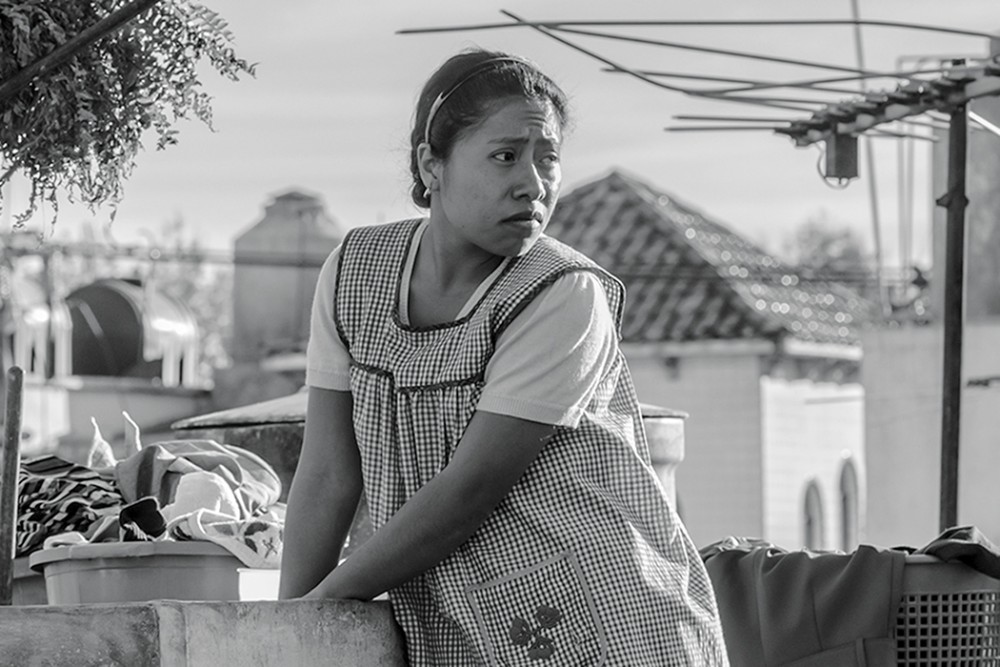Mixtec people and their voices
Behind Roma is a complex history of indigenous lives and faiths.

Alfonso Cuarón’s splendid film Roma has been universally praised as a major work of cinema, a triumph of cinematography no less than acting, and Cuarón himself won the Academy Award for Best Director. But the film also raises some issues about how we read history—issues with potent religious implications.
Roma tells the story of an upper-middle-class family in Mexico City in the 1970s, focusing on their housemaid, Cleo, played by Yalitza Aparicio. The family loves Cleo and treats her generously. She is their muchacha, their “girl.” But there is never any doubt that they expect her to serve, because that is what women like her do for people like them. In this way, the film is richly informative about their assumptions concerning class, race, and gender.
Cleo is a woman of the lower class, a rural migrant who is also a member of an indigenous people, a Mixtec. Watching her interactions with the family, we never forget that this is a tale about race, racial hierarchy, and racial privilege—about privileged elites who look and behave in ways we think of as totally European, with servants who are clearly of Indian features and ancestry.




